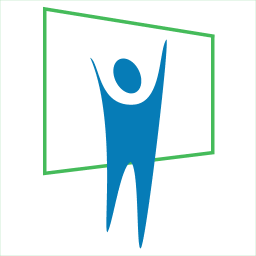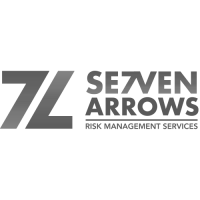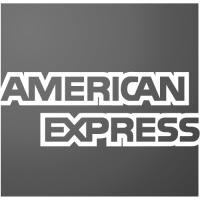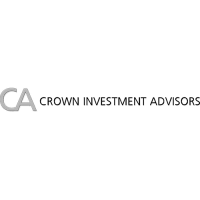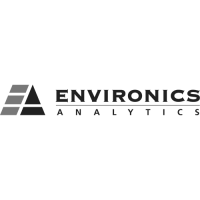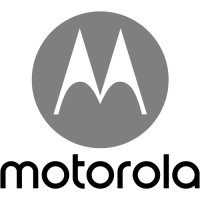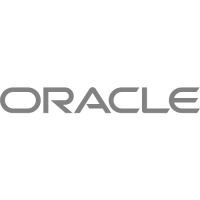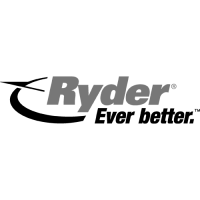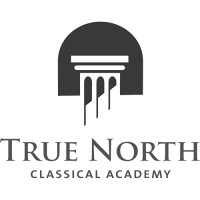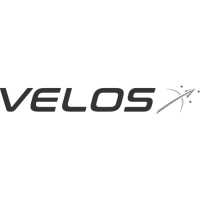Projection Screen Buying Guide
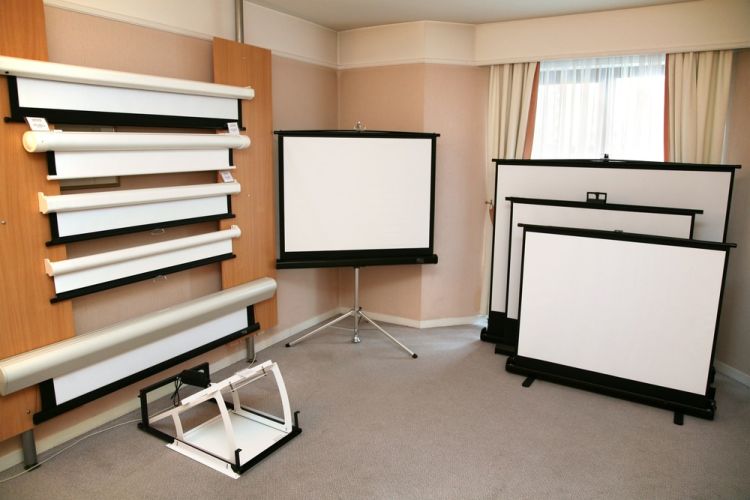
Considering a projection screen for your next presentation? Overwhelmed by the options and features?
Check out this handy Projection Screen Buying Guide to help you make sense of the specifics and options.
What is a Projection Screen?
A Projection screen is basically a blank canvas that can be coupled with a digital projector to display an image proper for the dedicated viewing space. Projection screens come in various sizes, materials, formats and sizes.
How do they work?
Most projection screens come in one of two types. Front projection screens reflect light back towards the source (projector). Rear projection screens diffuse light through the surface out towards the audience of the other side. For the best results, you want a screen that is free from staining or discoloration and is uniform in reflectivity.
Style: Portable, Electric, Manuel, or Fixed
If your projection application is permanent, then hanging wall and ceiling screens is usually your best choice. However, if you need to move the screen to different locations, a portable screen is a better choice. If you are on a budget, a manual screen will
Portable:
Portable screens are able to move from location to location readily. Here are a variety of portable screens that you can choose from to best fit your needs.
- Floor mounted screens- available in manual and electric models. The manual screen is stored in the base, and extends upwards using a number of different possible manual mechanisms. The electric screens are also stored in the base, but extend upwards using a spring system.
- Folding or Frame screens- are supported on both sides by vertical T-legs. They are usually break down into a polyethylene case for storage and transport and require one or two people for set up.
- Inflatable screens- are an innovative new design perfect for the outdoors. Easily assembled and stored.
- Tripod screens- are supported by a tripod base and are extremely mobile and easily stored.
- Ultra-portable- are smaller formats and are ideal for table-top presentations.
Electric:
Electric screens are high-end projection screens that add elegance to their mounted location. Electric screens can be tensioned so that they have the smoothest possible image surface. These screens descend and ascend back into the casing with the flick of a switch or via remote control. Electric screens may be externally mounted to the ceiling, or recessed into the ceiling (additional construction may be required). They may also be mounted to the wall, both the wall and ceiling, or ascend up from the floor.
Manual:
Manual screens are an economical choice for projector screens that stay in one location all or most of the time. The most common application is in the classroom or small office location. These screens are raised and lowered by hand, sometimes using a pull string or rod to reach screens mounted in high locations. They are available in ceiling, recessed-ceiling, wall,and floor mounted models.
Fixed:
A fixed or “permanent wall” screen consists of a vinyl screen surface that is stretched and attached to an assembled frame Most fixed screens have the same viewing surface options. The price is usually driven by the style and look of the frame that surrounds and supports the screen surface. Fixed screens are most often used in Home Theater applications as well as conference rooms due to their elegant look and perfectly flat viewing surface.
Mounting: Wall, Ceiling or Both
Wall
Wall mounted screens are easily affixed to your wall using provided or optional brackets. Many may be placed flush to the wall, or extended out a bit to allow for some space behind the screen to accommodate things such as a chalkboard, whiteboard, fireplace etc. Wall mounted screens may be manual, electric, or fixed.
Ceiling
Ceiling mounted screens are easily affixed to your ceiling using a bracket system or hooks. A second option of recessed (hidden) installation is available for some models. Both manual and electric screens provide models perfect for this method of installation.
Both
Some screens may be affixed to either the ceiling or the wall depending on your needs. These screens typically use “L-shaped” brackets that allow them to be flush mounted to the ceiling or wall. This option is available in electric and manual screens.
Screen Formats
Screen format refers to the aspect ratio, or the proportion of the width to the height of a particular screen. There are several types of standard formats, and you should choose the format based on the (native) format of the projector you use as well as the types of material you will display the most. Some common aspect ratios are HDTV 16:9, NTSC Video 4:3, Slide 1.25:1, and Square Format 1:1(popular for overhead slide projectors).
- 16:9- (generally named as: “Sixteen-Nine”, “Sixteen-by-Nine” or “Sixteen-to-Nine”) is the international standard format of HDTV as used in Australia, Canada, Japan, South Korea, and the United States, as well as in Europe on HDTV and non-HD widescreen television (EDTV) PALplus.
- 4:3- Originated in 35 mm silent film, commonly known in TV and video as 4:3. It is also the standard ratio for MPEG-2 video compression. This is the used format for standard definition television screens and NTSC computer monitors. This format is slowly being phased out in favor of widescreen and HDTV formats.
- 1.25:1- These screens are ideal for slide presentations.
- 1.1- This is a square screen which may be partially descended to change the aspect ratio. In this case, it could be useful for more widescreen applications, but are ideal for presentations and use with overhead projectors.
Two other formats are the multi-format and the widescreen/cinemascope screens. The multi-format can be adjusted using masking devises. These are multi-purpose, easily adaptable for presentations or video viewing. The widescreen/cinemascope format is used for most movie theater screens.
Masking borders can be added (and potentially removed) as a way to eliminate the bars you see on the top and bottom of the screen when using your projector in its non-native format (ie 4:3 projector displaying in 16:9). They also increase the perceived brightness of an image on a projector screen to give it a top-notch look. The human eye perceives the image to have more contrast, a sharper picture, and brighter colors when masking borders are used.
Screen Size
The highlight of the two-piece projection system is the ability to create a large screen size. When choosing your screen size it is important to note that while it is true that size counts when it comes to home theater, it can be overdone to the point where it is not enjoyable. In a commercial setting size becomes less important for the “wow” factor and more important for efficiency of delivery to the audience. A good rule of thumb is dividing the distance of your furthest viewer by 8 to get your recommended screen height.
Commercial and Educational Applications
Screen height should be approximately equal to 1/8 the distance from the screen to the last row of seats. This is so that text can be read and the details of the presentation can be seen clearly. Ideally, the first row of seats should be approximately two screen heights away. The bottom of the screen should be a minimum of 4 feet above the audience floor. This allows those seated toward the rear of the audience to see the entire screen.Home Theater Applications
In home theater settings a good rule of thumb is to place your seating at a distance that is equal to 1.5 x the screen width for 720p projectors. With 1080 resolution projectors the rule can be modified to 1.2. The bottom of the screen should be a minimum of 2 feet above the audience floor. This may require additional screen “drop” for ceiling hung screens.
Fabric Type
To maximize the quality of the image you are projecting, an important factor is screen fabric. The two most important qualities of a specific fabric are its gain and viewing angle. Gain is the measurement of reflected light on a screen. The viewing angle is the maximum angle at which a display can be viewed with acceptable visual performance. Usually, the higher the gain, the narrower the viewing angle of the surface.
Screen Surface
Be sure to choose the screen surface that best suits your projection and viewing requirements. Your choice will largely depend on your projector, seating arrangements, and how much you can control the ambient light in the room. There are several types of screen surfaces with different attributes designed to accentuate the projected image. But, for the majority of users matte white or high contrast matte white will be the two surfaces from which they choose. Matte white screens are the most popular because they provide the most accurate color representation and largest viewing angles. High contrast screens are popular when used in home theaters because the material increases overall contrast by dimming the image.
Matte White
Pros:
Most screens will have the matte white type surface. It has a normal gain and has a wide viewing angle. It provides true color representation, so it will better suit your business needs. Many home theater applications are now choosing Matte White due to the quality and high contrast ratio available with the latest projectors.Cons:
There are no real negatives to choosing a Matte White surface. The only reason to choose something other than Matte White would be if you need to make some adjustments to your image like added reflectivity or higher contrast.
High Contrast Matte White
Pros:
Gray surfaces add to the images perceived contrast, making blacks and shadows more detailed.Cons:
Gray screens typically has a lower gain and tighter viewing angle than a Matte White surface.
Cost
Regardless of whether your screen is for a home theater, office or organization, the price is always a very important factor. For many, the price is the single most important factor in choosing a screen. Screen prices will vary depending on the intended application. But, generally screens start at a few hundred dollars and can go up into the thousands, depending on size, material, and other factors. Some small portable screens have been known to retail for less than $100, whereas installed manual screens start in the $120 range. Electric and permanent wall mounts generally start between $400-$500. For larger formats and extra features you can attain one of the more popular electric or permanent wall mount models between $700-$1200.
